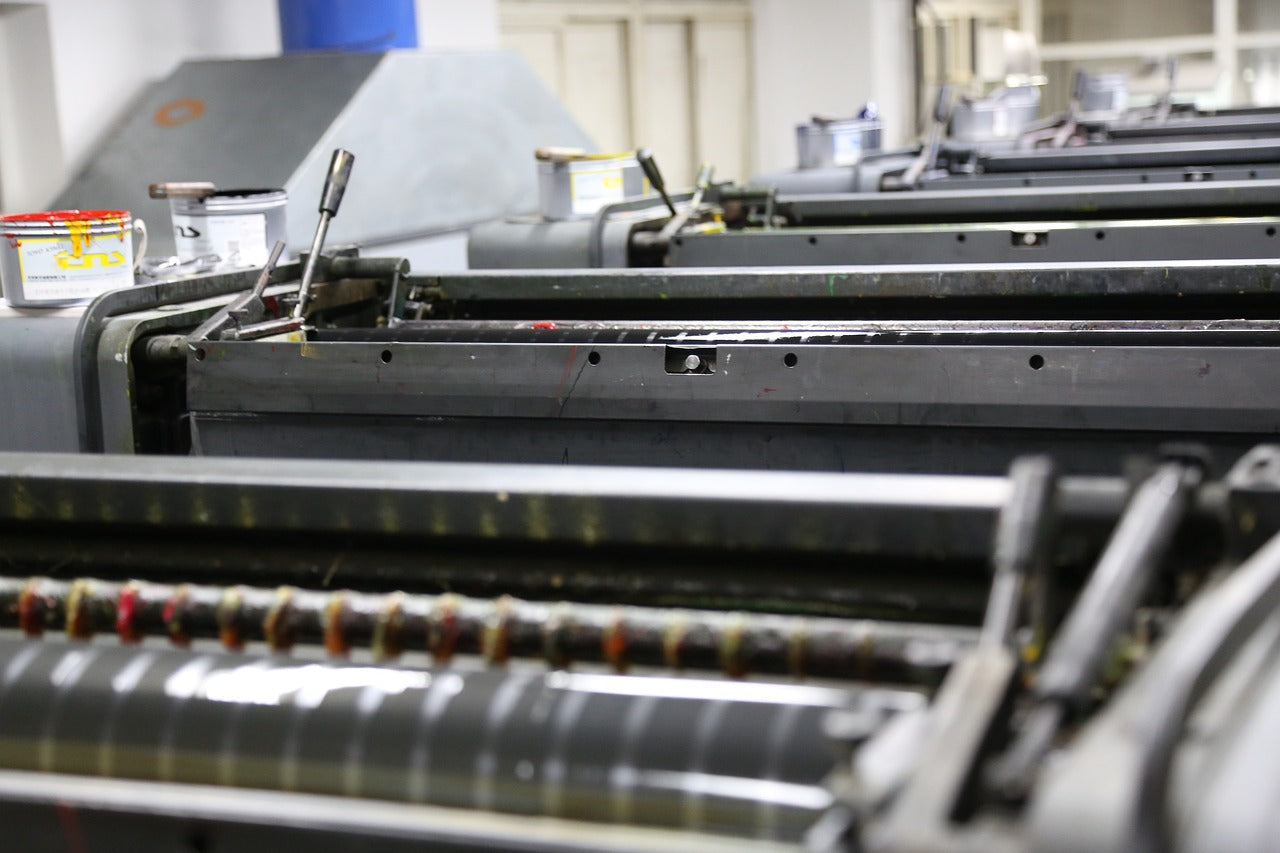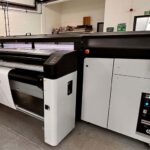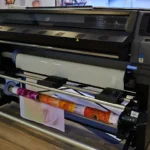In today’s fast-paced world of printing technology, understanding the advantages of offset printing is essential for marketing professionals seeking high-quality, efficient, and cost-effective solutions. The benefits of this printing method are numerous, making it a top choice for businesses and individuals alike. This article will explore these benefits in detail, aiming to provide a comprehensive understanding that resonates with our audience.

What is Offset Printing?
Before diving into the advantages of offset printing, it’s crucial to understand what it entails. Offset printing, also known as offset lithography, is a widely used printing technique where the inked image is transferred from a plate to a rubber blanket, then to the printing surface. This process is distinct from other printing methods, such as digital printing, offering unique benefits that are worth exploring.
Cost Efficiency for Large Volumes
One of the primary advantages of offset printing is its cost efficiency for large print runs. The initial setup may be more expensive than digital printing, but the cost per unit decreases significantly as the volume increases. This makes offset printing an ideal choice for businesses looking to produce bulk quantities of materials such as brochures, magazines, or books. Learn more about how offset printing can be a cost-effective solution here.
High-Quality Image Production
Another significant advantage is the high-quality image production that offset printing provides. The process ensures sharp, clean images and vibrant colors, which are crucial for marketing materials that need to capture attention. This level of quality is achieved through the use of modern technology and high-resolution plates, which allow for precise detail and color accuracy.
Flexibility and Versatility
Offset printing is known for its flexibility and versatility. It can accommodate a wide range of printing surfaces, including paper, cardboard, and plastic. This adaptability makes it suitable for various projects, from business cards to large posters. The ability to print on diverse surfaces without compromising quality is a notable advantage for businesses with varied printing needs.
Consistent High Quality
Consistency is key in printing, especially for brands that need to maintain a specific image. Offset printing delivers consistent high quality across all print materials. Once the setup is complete, the process ensures uniformity in color and detail, providing peace of mind that every printed piece will meet high standards.
Faster Turnaround Times
Despite the complex setup process, offset printing can offer faster turnaround times for large orders. The speed of production once everything is set up allows businesses to meet tight deadlines without sacrificing quality. This is especially beneficial for marketing campaigns that require quick distribution of materials.
Durability and Longevity
Offset printing is known for producing durable and long-lasting prints. The inks used in this process are more resistant to fading and wear, ensuring that materials stand the test of time. This is particularly important for items like business cards or brochures that need to maintain their appearance over time.
Eco-Friendly Options
With increasing awareness of environmental issues, the ability to choose eco-friendly printing options is a significant consideration for many. Offset printing offers such options, including the use of soy-based inks and recycled papers. These choices help reduce the environmental impact of printing, aligning with sustainable business practices.
Wide Range of Finishing Options
Offset printing provides a wide range of finishing options, enhancing the appearance and functionality of printed materials. Options such as varnishing, embossing, and die-cutting can add a unique touch to brochures, business cards, and other marketing materials.
Adaptability to Different Projects
Whether it’s a small batch of customized invitations or a large-scale magazine production, offset printing can adapt to different project sizes and requirements. This adaptability ensures that businesses can rely on offset printing for various needs, making it a versatile choice for marketers.
Reduced Waste
Offset printing allows for precise control over ink distribution, which reduces waste compared to other printing methods. This efficiency not only saves costs but also aligns with environmentally conscious practices by minimizing excess ink and paper usage.
Conclusion
The advantages of offset printing are clear, making it a preferred choice for many marketing professionals. From cost efficiency and high-quality production to versatility and eco-friendly options, offset printing offers numerous benefits that cater to diverse printing needs. By choosing offset printing, businesses can ensure that their materials are produced to the highest standards, supporting effective marketing strategies.

Frequently Asked Questions
What types of projects benefit most from offset printing?
Offset printing is ideal for large-volume projects such as brochures, magazines, and books, where high-quality and cost-effectiveness are priorities.
Is offset printing environmentally friendly?
Yes, offset printing offers eco-friendly options, including soy-based inks and recycled papers, reducing its environmental impact.
How does offset printing compare to digital printing?
While digital printing is suitable for small runs and quick turnaround times, offset printing excels in large volumes, offering higher quality and lower costs per unit. For more details, you can visit this external resource.
This article contains affiliate links. We may earn a commission at no extra cost to you.






